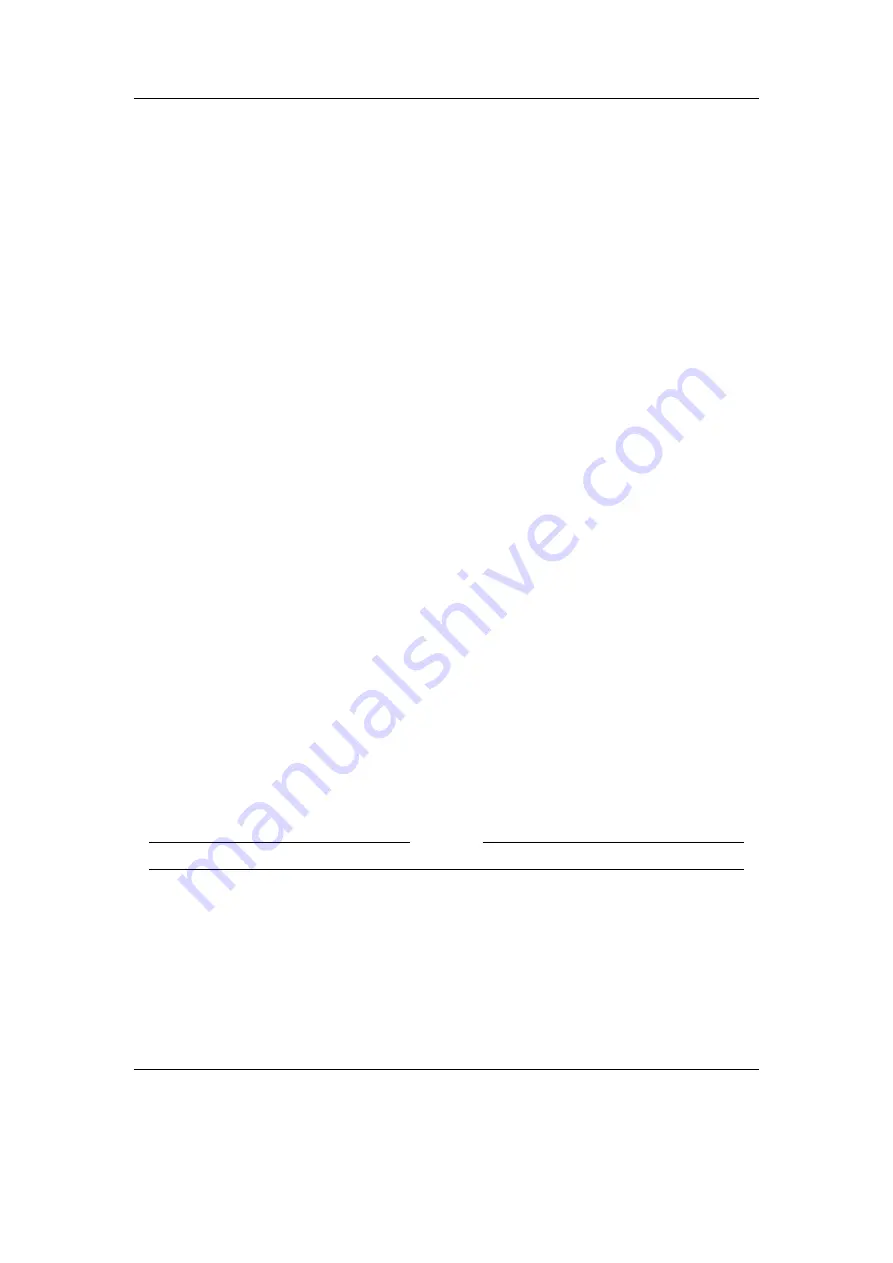
Chapter 12. Advanced Topics
157
Settings
→
Theme Settings
→
Font
in the
Main Menu
.
Note:
Advanced Users Only: Any BDF font should be usable with Rockbox. To convert
b
from
.bdf
to
.fnt
, use the
convbdf
tool. This tool can be found in the
tools
directory
of the Rockbox source code. See
for more details. Or just run
convbdf
without any parameters to see the possible options.
12.1.4. Loading Languages
Rockbox can load language files at runtime. Simply copy the
.lng
file
(do not use the
.lang file)
to the player and “play” it in the Rockbox directory browser or select
Set-
tings
→
General Settings
→
Language
from the
Main Menu
.
Note:
If you want a language to be loaded automatically every time you start up, it
b
must be located in the
/.rockbox/langs
directory and the filename must be a maximum
of 24 characters long.
If your language is not yet supported and you want to write your own language file
find the instructions on the Rockbox website:
12.1.5. UI Viewport
By default, the UI is drawn on the whole screen. This can be changed so that the UI is
confined to a specific area of the screen, by use of a UI viewport. This is done by adding
the following line to the
.cfg
file for a theme:
ui viewport:
X,Y,[width],[height],[font]
Only the first two parameters
have
to be specified, the others can be omitted using
‘-’ as a placeholder. The syntax is very similar to WPS viewports (see section
(page
)). Briefly:
•
‘font’ is a number: 0 is the built-in system font, 1 is the user-selected font.
Example
ui viewport: 15,20,100,150,-
This displays the menu starting at 15px from the left of the screen and 20px from the
top of the screen. It is 100px wide and 150px high. The font is defined in the theme
.cfg
file or in the
Theme Settings
menu.
The Rockbox manual
(version 3.14)
Olympus m:robe 100






























